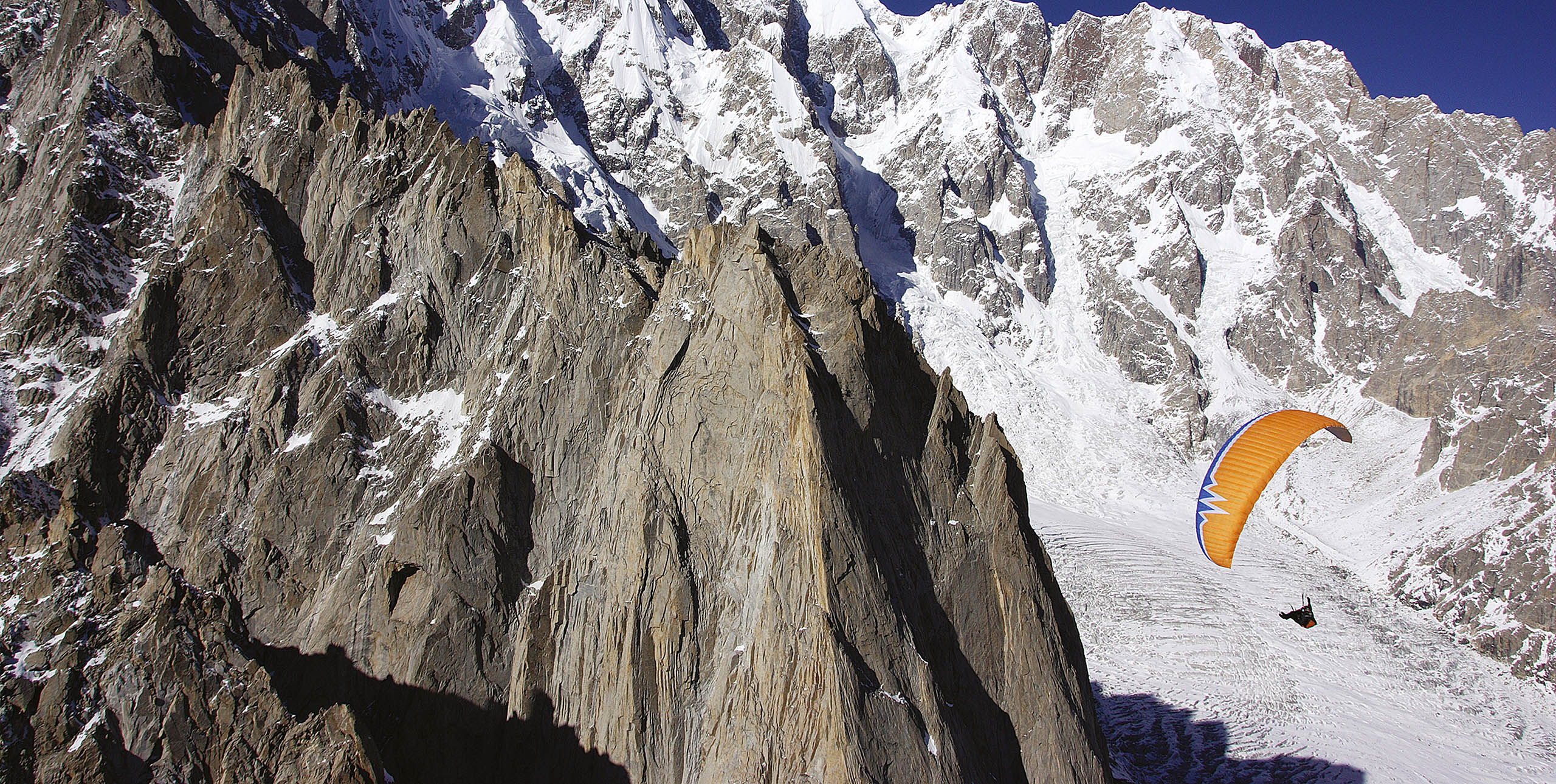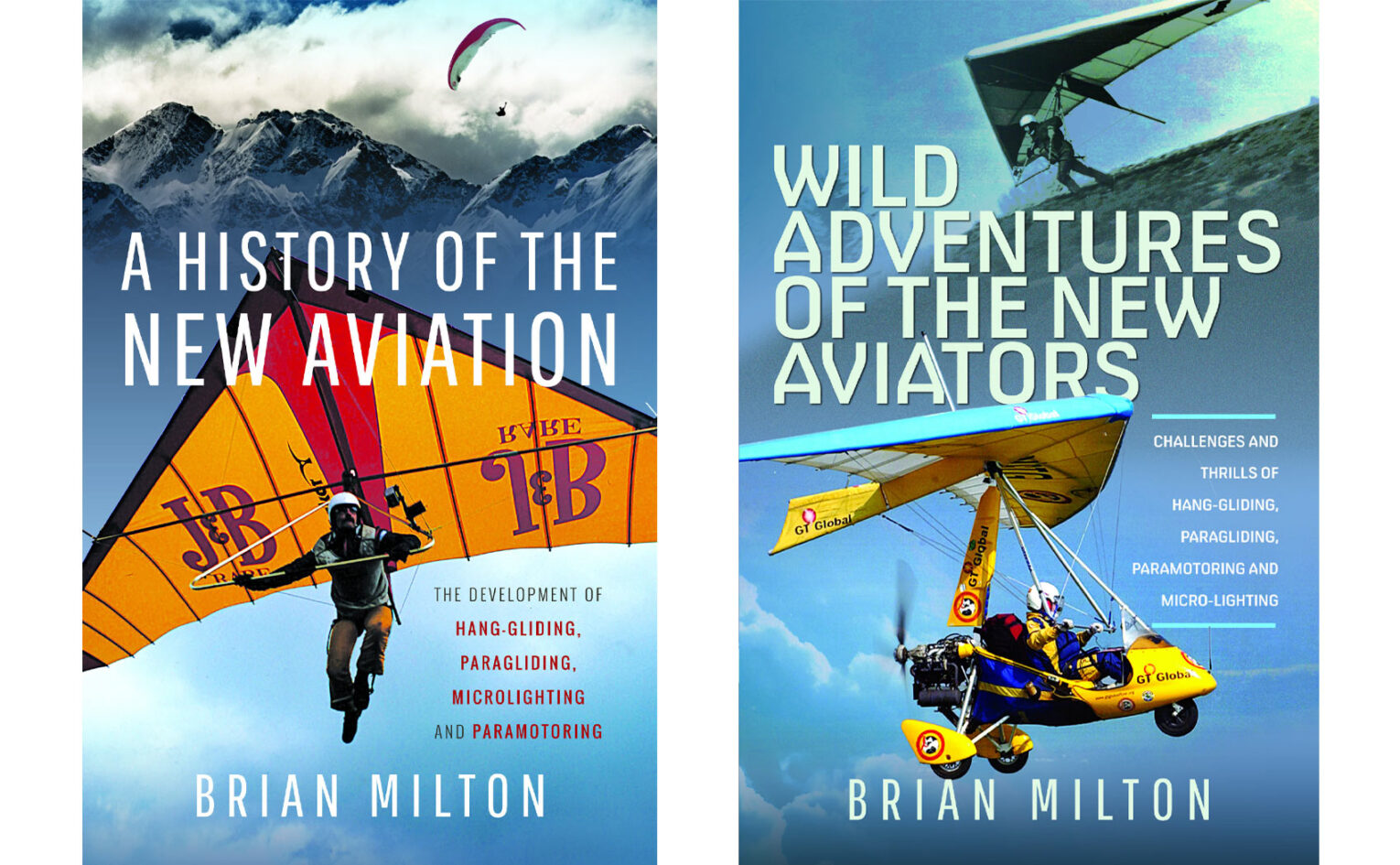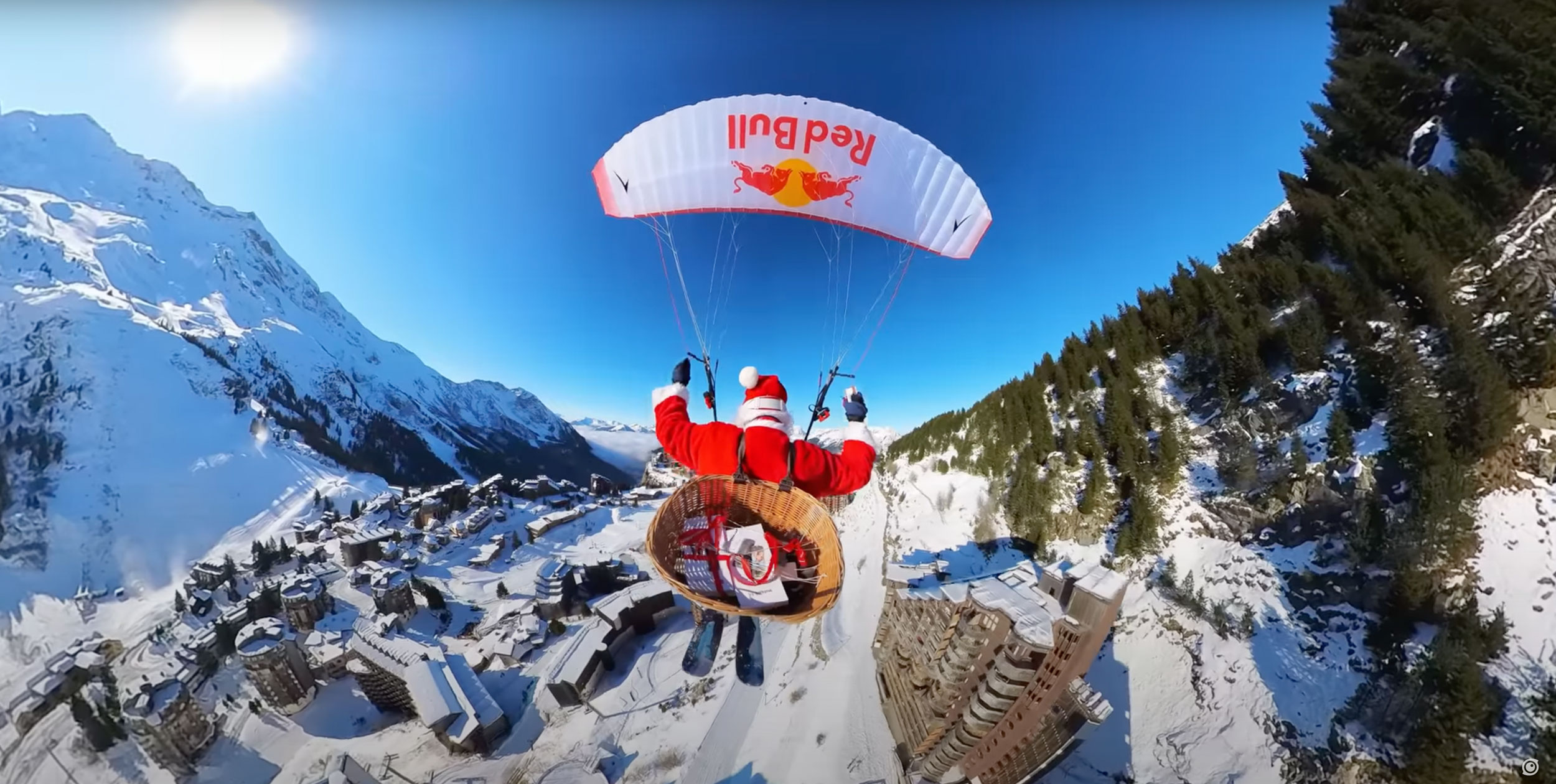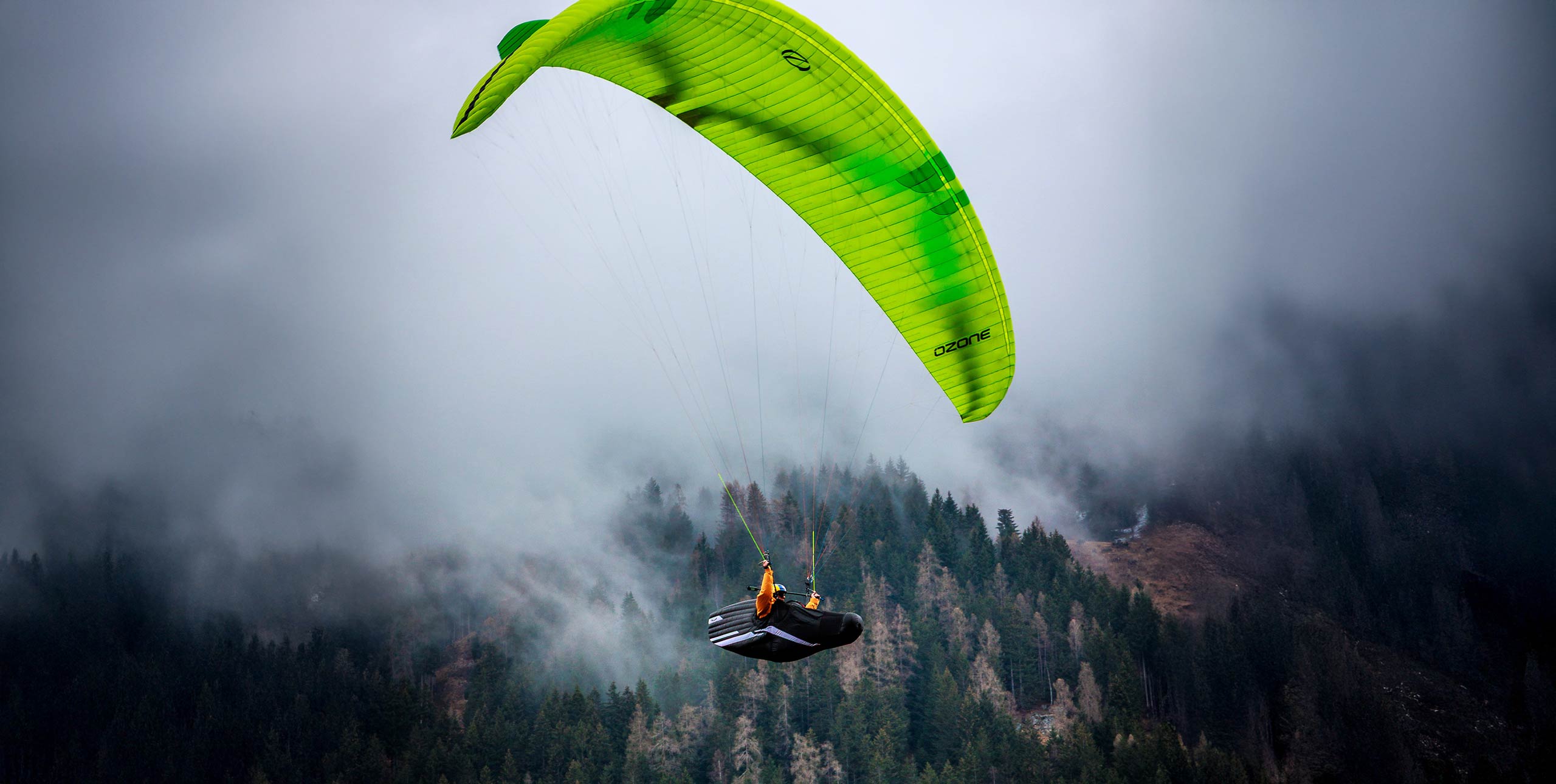
‘Wild adventures’ – two books for the armchair pilot
Both books will appeal to those who remember a time when everything was experimental in the sport
1 November, 2024, by Tarquin CooperPilot and aviation historian Brian Milton has penned not one, but two books on the history of free flight and some of the characters – or “holy lunatics” as he calls them – who laid the foundations of our sport.
A History of the New Aviation preoccupies itself with the early days of hang gliding, when pilots launched from hillsides with no training and zero understanding of thermals or dynamic soaring, simply hoping they’d figure out how to fly in the limited minutes of air time before they met the ground. Flights lasted minutes; cross-country was unheard of, accidents were frequent. Glider pilots and clubs actively tried to thwart their efforts. Varios, altimeters and reserves would all come later.
Brian quotes at length from those early pioneers but is at his best when describing his own antics, whether that’s learning to hang glide in the UK or his microlight flight to Australia in 1987, when on Christmas Day, he was forced to ditch in the Persian Gulf in the middle of the Iran-Iraq war. “I had a fuel blockage and the engine stopped 32 miles from land. I ditched in the sea, but with Mike’s help, rescued the aircraft after six hours in the water, rebuilt it and flew on six days later.”

Paragliding is only mentioned a handful of times. A more generous mention of our sport comes in his second book, Wild Adventures of the New Aviators, where Milton freely acknowledges that some of the terms hang glider pilots used for paragliding such as “jellyfish”, “blancmange” and “wobbly” were as derogatory as those used about hang gliders by the sail plane community.
He charts the sport’s development and some of its pioneers – male and female alike – although he mistakenly claims Pierre Gevaux took off from the summit of K2 in 1985 – a feat that wasn’t achieved until this year. (Gevaux flew from Gasherbrum II.)
His chronicle also frustratingly ends in the 90s, a time when the European distance record was 202km, held by a certain John Silvester. But as Brian writes: “We are in the era, in paragliding and hang gliding, of chasing records that are still possible for ordinary human beings. You have to have the Right Stuff, but you don’t need the money of Howard Hughes or Richard Branson or the resources behind Chuck Yeager.
“Yet records are just records. They are here today, and gone when someone else takes them away. The soul of the New Aviation is not about getting records, though they are necessary to learn about long flight. Paragliding, like hang gliding, is taking a path 180 degrees in the opposite direction to Mainstream Aviation.”
Both books will appeal to those who remember a time when everything was experimental in the sport, larger than life characters roamed large and the rules would come later – ideal reading for when the evenings draw in.
A History of the New Aviation and Wild Adventures of the New Aviators by Brian Milton, are published by Pen and Sword Books











